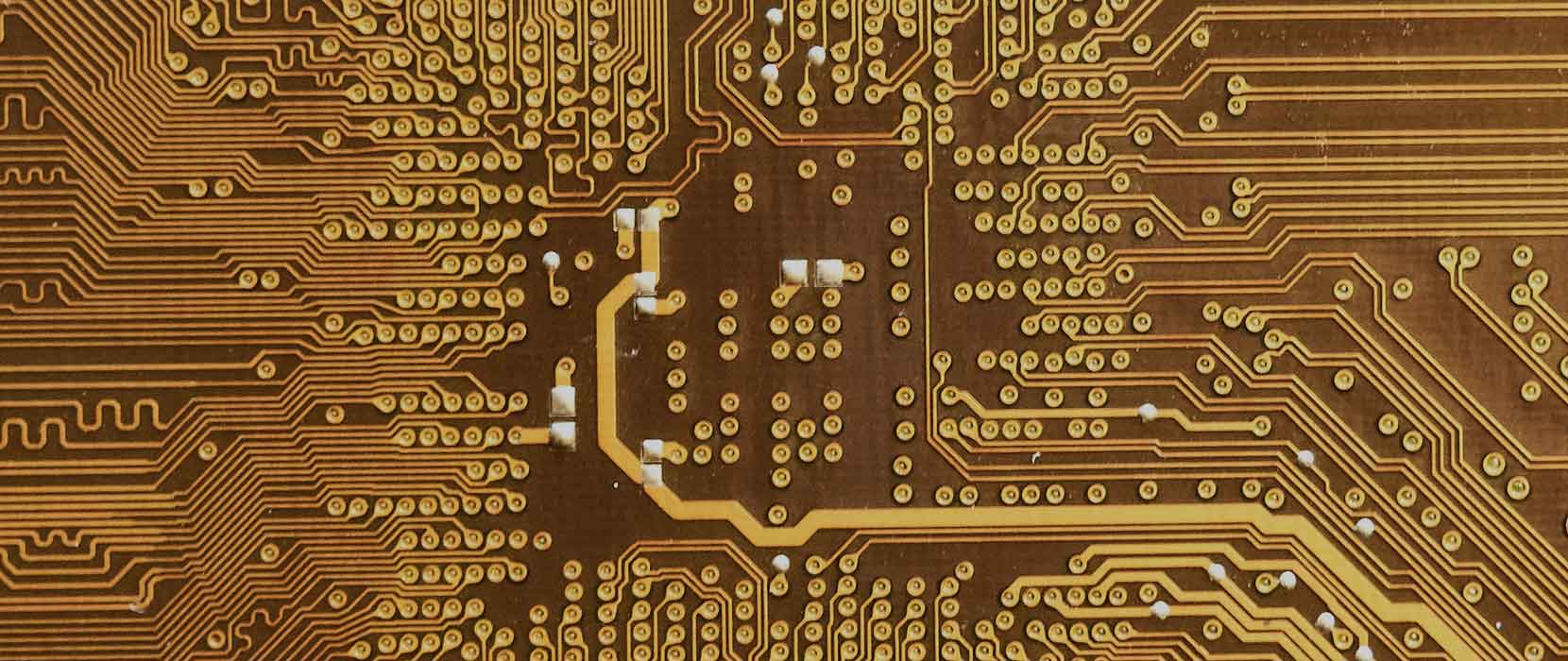“A classical computation is like a solo voice - one line of pure tones succeeding each other. A quantum computation is like a symphony - many lines of tones interfering with one another”
Seth Lloyd
Definition
Quantum computing is a type of computation whose operation can harness the phenomena of quantum mechanics, such as superposition, interference and entanglement1. A quantum computer is designed to handle and process data and information in a fundamentally different way to a classical computer, especially when presented with problems involving vast numbers of variables and potential outcomes; it’s a lot faster too. However, current quantum computer prototypes are too small to outperform classical computers and to have real world, practical applications.
IBM’s latest chip built during 2021 contains 127 qubits as compared to billions in all conventional chips from the same year. A qubit (quantum bit) is the quantum equivalent of a bit, a classical bit can only be in one of the two states it is capable of :1 or 0, but qubits can be both at the same time and therefore operations upon it are done on both values at once, this phenomenon is called superposition. Quantum computing is an incredibly young discipline, the first working quantum computer consisting of 2 qubits was made in 1998, a collaborative effort by multiple universities. Unlike classical transistors, you cannot simply add more to the Central Processing Unit (CPU) by shrinking the process, qubits have to be entangled. Entangled qubits are essentially a single unit, they cannot be described individually, as their properties depend on each other, the state of a qubit is dependent upon all the other qubits it is entangled with. Due to this quantum computers’ computational power scales exponentially as compared to the linear scaling of conventional computers, but it is also harder to increase the qubit count. I will be doing my best to keep the mathematical formulae to a minimum in this insight.
127
1000
700
5
Machine Learning
In conventional computing AI training takes a lot of time and computational resources. Even with the latest hardware, training an AI to a level that can be considered sufficient takes an incredibly long time and even then, inevitably, there will be mistakes made by the AI, hence why it is only considered “sufficient”. But with a quantum computer’s superposition it can essentially carry out operations simultaneously. This mindset of simultaneous computation is not new, Graphics Processing Units (GPUs) have an architecture that is conducive to this simultaneous compute mindset, relative to classical CPUs. GPUs have many “cores” that are specialised and are a lot less versatile than CPU cores but since AI training is essentially just repeating a relatively simple task over and over, GPUs have been the first choice in hardware for AI training for a long time. However, due to the nature of classical bits they can only be improved by adding more cores; long-term this is infeasible considering how much harder it is to make smaller process nodes.
Drug Discovery
Research and development is so fundamental to pharmaceutical companies that they spend an average of 15 percent of their sales on R&D6. The molecular formations required in drug development, are so small that quantum phenomena affect them, so quantum computing could be incredibly useful in the Computer-Aided Drug Design (CADD) process. It is anticipated that quantum computing will be able to predict and simulate the structure, properties, and behaviour (or reactivity) of these molecules more effectively than conventional computing can.3 Using conventional computers for increasing the accuracy of the molecular simulations has an exponential increase in computational resources; the emergence of quantum computers has the potential to remedy the fact it is expensive for a conventional computer to try to simulate quantum systems; such as molecules. Pharma is already making use of machine learning to speed up and improve the drug development process, but considering machine learning will take a great leap forward when quantum computers can be used for it, pharma is positioned to be one of the prime beneficiaries of the advent of quantum computers.
Conclusion
The pace of drug discovery took a leap with the aid of machine learning but with the advent of quantum computers on the horizon it is clear that the pharma industry is in for a qualitative transformation to its drug development cycle.
Our experts
To speak to one of our experts and find out more about this topic and how Helixr can help your business, please get in touch via our Contact form.

